Badges for digital transformation
Trojan mice, paved cow paths, and constellation-creation
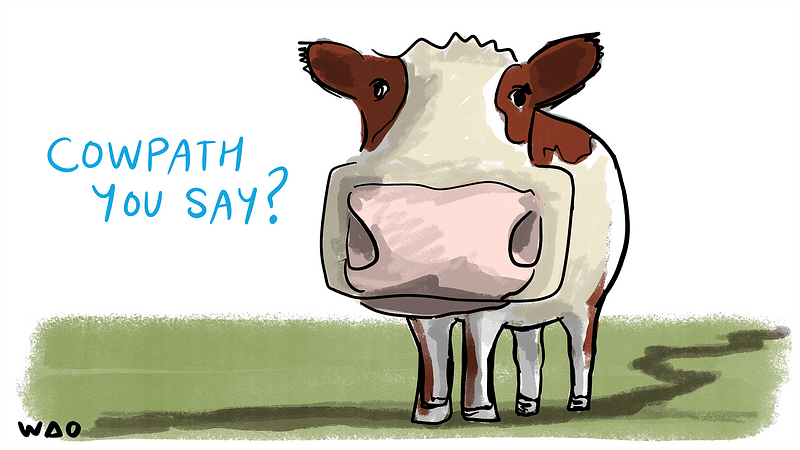
As anyone familiar with the work of WAO’s members will be aware, we’re big fans of Open Badges. We’ve been involved with the movement from the beginning and, in this post, want to reflect on our experience of how they can be used for the digital transformation of organisations.
A quick note, as ever, on terminology. We’re going to use the shorthand ‘badges’ to refer to what people call variously Open Badges, digital credentials, digital badges, or microcredentials. The important thing is that there’s a standard behind what’s being issued so that the data hard-coded into the visual image can be recognised by different systems.
Credentials vs recognition
There are broadly two streams in the badges movement. The larger, and more obvious stream is focused on credentialing. In other words, issuing badges is about proving things like who you are, what you know, what you can do, or which group(s) you belong to. These badges tend to be issued by well-known, trusted authorities.
We’re all familiar with credentials. It could be a degree certificate, a driver’s license, or a gym membership card. To date, badges tend to have been used to demonstrate skill acquisition, but the recently-renamed W3C Verifiable Credentials working group seeks to expand that in both human and machine-readable ways.
The other stream in the badges movement is around recognition. This is perhaps best explained by The Bologna Open Recognition Declaration (BORD) from the Open Recognition Alliance:
Promoting the recognition of learning achievements to support identity construction, citizenship, career development, learning organisations and territories, trust and empowerment.
As we explored in a previous post, these are the kind of badges that might include those that are self-issued and then endorsed by others, or that are issued by peers are part of a Community of Practice.
Both credentialing and recognition are important parts of any organisational badge strategy. Perhaps the easiest way of thinking about them is that the former is a ‘top-down’ approach, while the latter is ‘bottom-up’.
3 badge strategies for digital transformation
We’ve seen time and again badges be introduced to organisations like this:
- Management creates a badge as a pilot
- The pilot is successful because the badge is issued by management
- Someone new to badges is tasked to create a system
- They create Gold / Silver / Bronze badges for XYZ skills
- The programme fails through lack of engagement or confusion
It really doesn’t have to be like this! Instead of imposing badges, they should be grown as part of an ecosystem of organisational development and transformation.
Here are three of our favourite ways to embed badges in organisations. Your mileage may vary, but using elements of one or more of these approaches is likely to be more successful than trying to mandate badges from on high.
1. Trojan mice
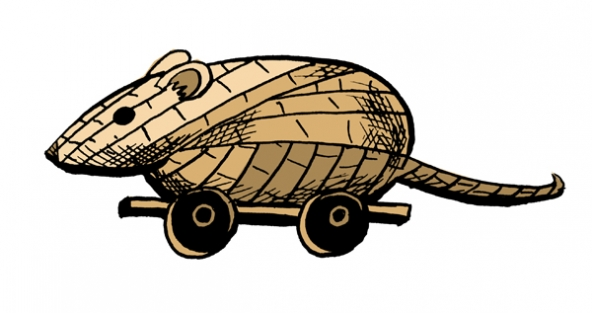
Many people will know the story of the Trojan horse, a wooden horse used by the Greeks during the Trojan War. They tricked their way into the city of Troy by presenting a ‘gift’ which was actually full of an elite members of the Greek army. The ‘Trojan horse’ has come to serve as a metaphor for something that looks like one thing (i.e. harmless, innocuous) but is actually another underneath (i.e. threatens the status quo).
These days, people are savvy enough to see Trojan horses coming a mile off, which is why WAO recommends setting off Trojan mice instead. Instead of talking about implementing a badging system, you could try badging participation in a workshop, or issuing a badge along with a paper certificate in an existing awards ceremony.
There are many advantages of this experimental approach, including:
- Avoiding blockers — by seeing what works and what doesn’t, you can focus on what gains traction.
- Moving faster — finding something that gains traction and then iterating on that is quicker than trying to design everything upfront.
- Improving responsiveness — Trojan mice-size projects are nimble and can adapt to a changing landcape.
This metaphor is an easy way to introduce Agile development practices to organisations which may be new to this approach. This helpful post outlines five different types of Trojan mice that you might want to try in your organisation, from the obvious to the oblique.
2. Paved cow paths

Anyone who has been walking in hills and fields where there are cows will be familiar with cow paths. As cows are creatures of habit, when one cow begins to walk across a field, a second one follows, and then the whole herd. After a while, the cows have created a well-worn route from point A to point B. This is often the path of least resistance.
As you can see in the above photos, humans do the same. It’s unrealistic to expect humans to walk in one direction, turn 90 degrees, and then walk in another direction. They just cut the corner. Of course they do. We all do.
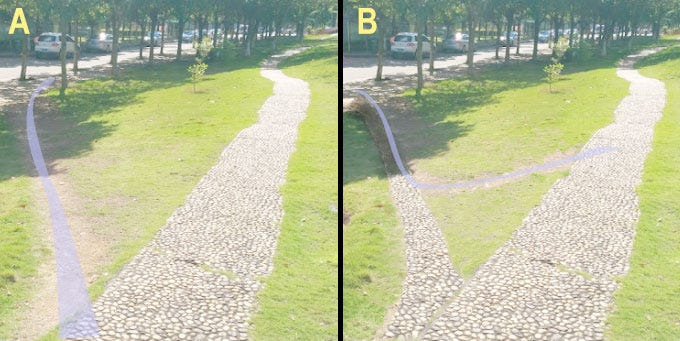
So one solution is not to create any paths at all, but instead see where people actually walk. Then create a path over the top. In other words, paving the cow paths.
If we now apply this to learning design, and in particular, badge design, we can see how this can be beneficial. Rather than planning everything out in advance in a way that looks good on paper or on a presentation slide deck, set a direction and some design constraints, and then co-design badges with early adopters!
3. Constellation-creation

When we escape the light pollution of modern cities and look up at the night sky in places, we see countless stars in the sky. Some of these stars, however, are brighter than others, which led our ancestors to group them into the constellations that we know today.
All of those stars are entities in their own right. And, given the scale of the universe, how they’re grouped together is somewhat arbitrary. It depends on the observer. There’s nothing stopping you or I making up our own constellation tonight by connecting the dots in new and novel ways.
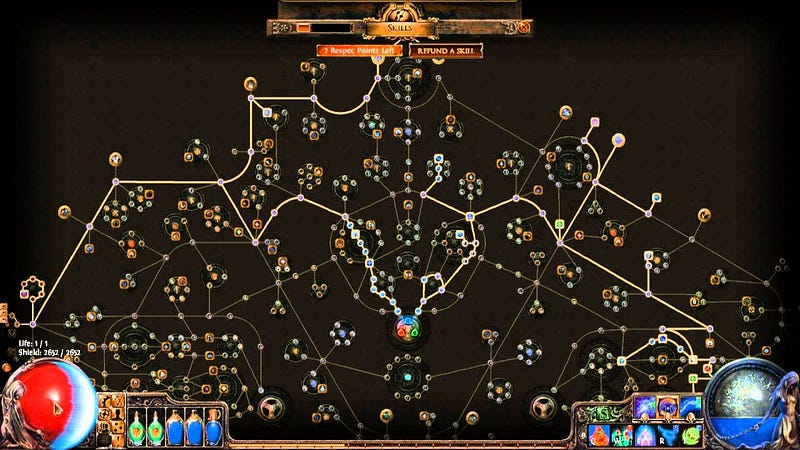
In the world of gaming, there is an established notion of a ‘skill tree’. The above example is from a game called Path of Exile, and it looks very constellation-like. As you gain ‘skill points’ you can choose to level up your character in different ways. As you can see from the above screenshot, there are potentially hundreds, if not thousands, of different ways of doing this.
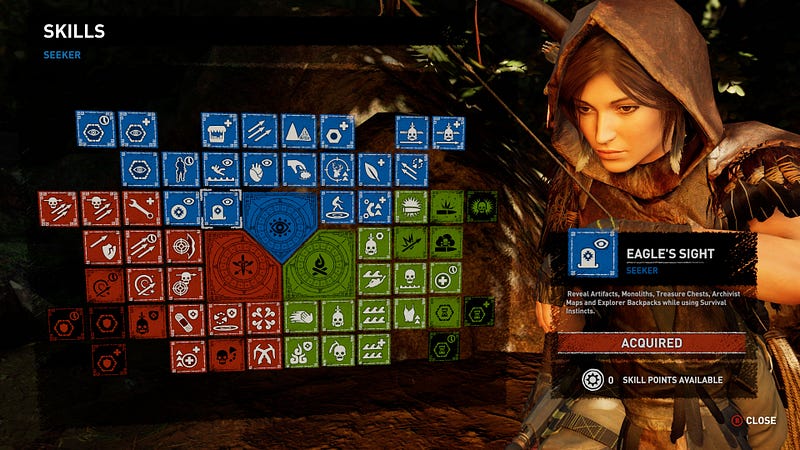
The above screenshot is from the game Shadow of the Tomb Raider and presents a visually-different way of doing something quite similar.
Next step… Negentropy!
Once you’ve got your badge system up and running, the key thing is to keep feeding it. What does this mean? Many people will know that the term ‘entropy’ means a system tending towards disorder. Your job is the opposite, the seldom used term ‘negentropy’ (yes that is a real word!) which means a system tending towards order.
If WAO can help you with any of these steps, please do get in touch so we can have a chat. We’re quite good at untangling people’s organisational spaghetti!
Drop us a note here: https://weareopen.coop/contact
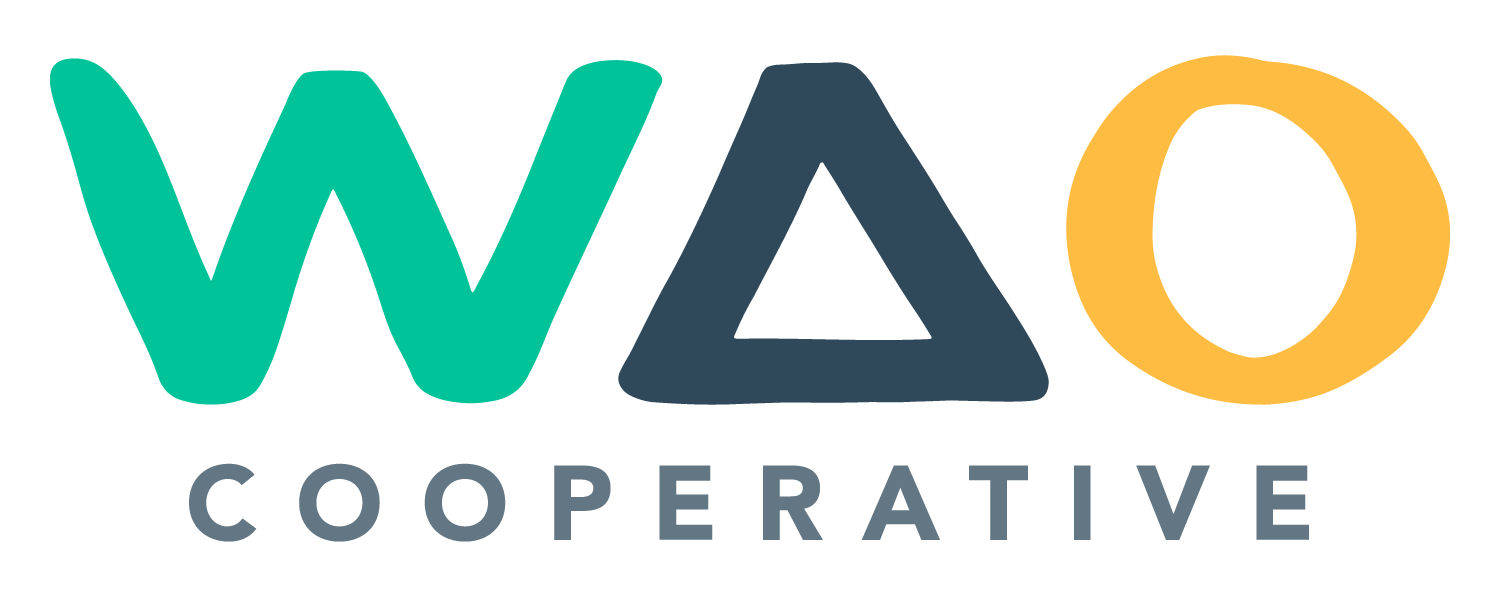
Discussion